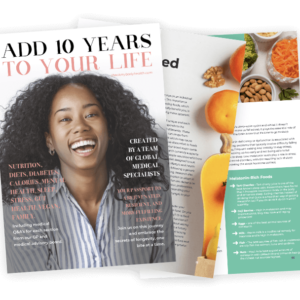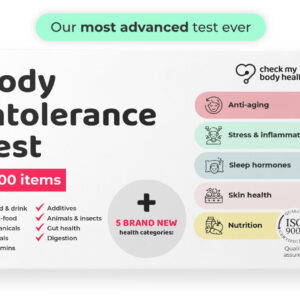Published April 1, 2021
Diabetes has an increasingly high profile in the 21st century, thanks in no small part to modern sedentary lifestyles. But it is not a monolithic condition: there are in fact two principal – and significantly different – types of diabetes: type 1 and type 2.
Type 1 diabetes is the more immediate and lifelong variant. It is triggered when the pancreas gland is damaged by an ‘autoimmune response’ – i.e. the actions of a misfiring immune system. Why this occurs is still a mystery, but the result is the pancreas failing to produce sufficient insulin, a hormone vital to health, which controls the body’s digestion and metabolism of carbohydrates, including sugar.
Low levels of insulin are associated with a whole host of symptoms, including rapid breathing, fatigue, excessive thirst and drowsiness. A long term insulin deficiency will increase your risk of heart disease, kidney disease, and nerve damage. Sufferers from type 1 diabetes control this lifelong through regular insulin injections.
By contrast, type 2 diabetes develops gradually over time as the body begins to develop a resistance to insulin, typically due to an unhealthy diet and a lack of exercise. Fortunately, unlike type 1 diabetes, the symptoms of type 2 can be minimised and controlled by maintaining a healthy lifestyle – diet plays a particularly important role in this.
Controlling type 2 diabetes with diet
No two cases of type 2 diabetes are the same so there will be a degree of experimentation involved in working out the best health-boosting diet for you after your diagnosis.
Because weight gain is such a key trigger for type 2 diabetes, moderation and small portions should be a fundamental principle in your new diet. Try not to be too ambitious – you are more likely to stick with realistic changes to your diet and achievable goals are much more motivating than failure.
The fundamental principle of a type 2 diabetes diet is to minimise or entirely avoid foods containing:
- Processed sugar
- Honey and syrups
- Refined carbohydrates: especially white flour-based foods
All of these have been shown to cause insulin-straining spikes in blood sugar. Instead, favour the following types of food when compiling your shopping list:
Healthy breakfast choices
- Wholegrain, unsweetened cereal
- Wholegrain toast
- Avocado
- Hardboiled eggs
- Unsweetened yoghurt
Healthy lunch choices
- Soup
- Salmon
- Tuna steak
- Chicken
- Unsweetened yoghurt
Healthy dinner choices
- Salad and vegetables
- Chicken
- Salmon
- Noodles
- Homemade curry with beans and chickpeas
- Low carbohydrate rice alternatives, such as cauliflower
Contrary to popular belief, it is okay to eat fruit and wholegrain pasta-based dishes in moderation. Yes, fruit does contain sugar but it is natural, unrefined sugar (fructose), while the healthier carbohydrates in wholegrain pasta have not been linked to spikes in blood sugar
Of course, while a healthy diet can play a big role in managing your systems, you should still take any insulin medication recommended by your doctor.
As a general rule, try not to think of your new diabetes diet as one of deprivation and a list of things you can’t eat. Instead, focus on those things you can eat – and enjoy treats in moderation when you can. It is also very much worth remembering that your new healthier lifestyle will bring many additional benefits: you will lose weight, have more energy and generally feel better too!
Written by Bev Walton
Food Writer and Nutritionist, dietician
A chef of over 35 years with experience in all types of cuisine, dietary plans, recipe development, health and nutrition. I have been writing for over 10 years for both magazines, websites and ghostwriting for ebooks, Kindle and fully published books. I have a degree in nutrition and dietetics and work with restaurants and organisations within the healthcare profession. I am also able to take high quality photographs of recipes created. No writing task is too great, and whilst I specialise in the above, I am able to write about any topic you throw at me. Member of the Guild of food writers.







